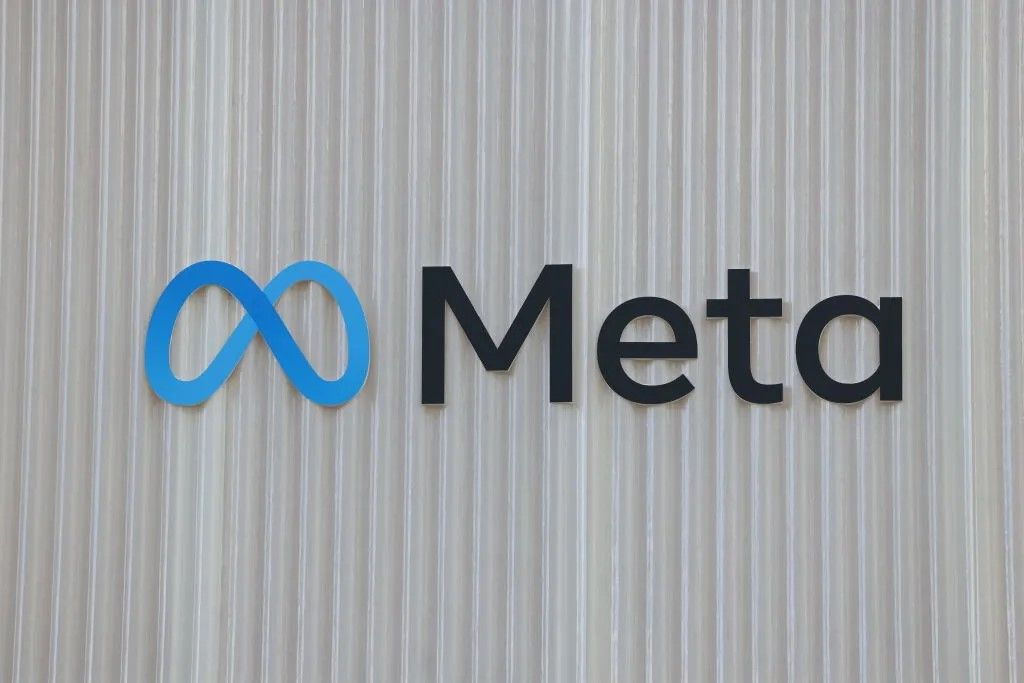Introduction
The landscape of visual artificial intelligence takes a significant leap forward with the release of Meta SAM 3 (Segment Anything Model 3). This new iteration is not just an incremental update but a unified model capable of detecting, segmenting, and tracking objects in both static images and videos using text, visual prompts, or practical examples. To make this technology accessible to everyone, Meta has also introduced the Segment Anything Playground, a platform allowing users to experiment with the model's capabilities without needing coding skills.
Meta SAM 3 promises to transform how we interact with multimedia content, from creative editing on Instagram to product visualization on Facebook Marketplace.
Context: Beyond Traditional Segmentation
Until now, linking natural language to specific visual elements has been one of the toughest challenges in computer vision. Traditional models were often limited to a fixed set of labels, recognizing common concepts like "person" or "car" but failing with more nuanced or specific requests.
The main limitation lay in vocabulary rigidity: a model might identify an "umbrella" but would struggle to distinguish "the striped red umbrella" without specific training. The evolution towards models capable of understanding open prompts is crucial for more flexible and powerful real-world applications.
The Solution: Conceptual and Multimodal Segmentation
Meta SAM 3 overcomes these obstacles by introducing "promptable concept segmentation." The model can find and isolate all instances of a concept defined by a short phrase or an example image.
- Prompt Flexibility: Supports text, masks, boxes, points, and exemplar images.
- Video Performance: Maintains near real-time performance, tracking moving objects with minimal latency.
- SA-Co Benchmark: To validate these capabilities, Meta released a new benchmark (Segment Anything with Concepts) that challenges models on a much broader vocabulary than before.
This versatility allows Meta SAM 3 to excel even in complex tasks, such as combined use with multimodal large language models (MLLM) to interpret requests requiring reasoning, for example: "people sitting down but not holding a gift box."
Real-World Applications: From Social Media to Science
The impact of this technology is immediate and tangible across various sectors.
Creativity and Social Media
On Instagram, the technology behind SAM 3 will power the "Edits" feature, allowing creators to apply dynamic effects to specific people or objects in videos with a simple tap. On Facebook Marketplace, the "View in Room" feature will help users visualize how a piece of furniture fits into their living space before purchasing.
Scientific Research
In collaboration with partners like Conservation X Labs, Meta has launched video datasets for wildlife monitoring. The model helps identify and track animal species in camera trap videos, accelerating biodiversity research.
Segment Anything Playground
To democratize access to these technologies, the Segment Anything Playground has been launched. This web tool allows users to:
- Upload personal images or videos to test the model.
- Use predefined templates to pixelate faces, add spotlight effects, or remove objects.
- Experiment with AI-assisted video editing without writing a line of code.
Conclusion
With the release of model weights, fine-tuning code, and evaluation datasets, Meta is providing the open source community with powerful tools for innovation. Although Meta SAM 3 still has room for improvement on extremely specific or out-of-domain concepts without targeted fine-tuning, it represents the state of the art in visual understanding.
FAQ
Here are answers to frequently asked questions about Meta SAM 3.
What is Meta SAM 3?
Meta SAM 3 is a unified AI model for detecting, segmenting, and tracking objects in images and videos, controllable via text or visual inputs.
How can I try Meta SAM 3?
You can experiment with the model's capabilities for free through the Segment Anything Playground, a web platform offering demos and SAM-based editing tools.
Does Meta SAM 3 work on video?
Yes, the model is designed to track objects in videos with high performance, maintaining object identification consistency frame by frame.
What's new compared to SAM 2?
The main innovation of Meta SAM 3 is the ability to understand open text prompts and complex concepts, along with significant improvements in video segmentation performance.
Is it available for commercial use?
Meta has released the model weights and code for research. For specific commercial use, you must consult the official usage license provided with the model release.
